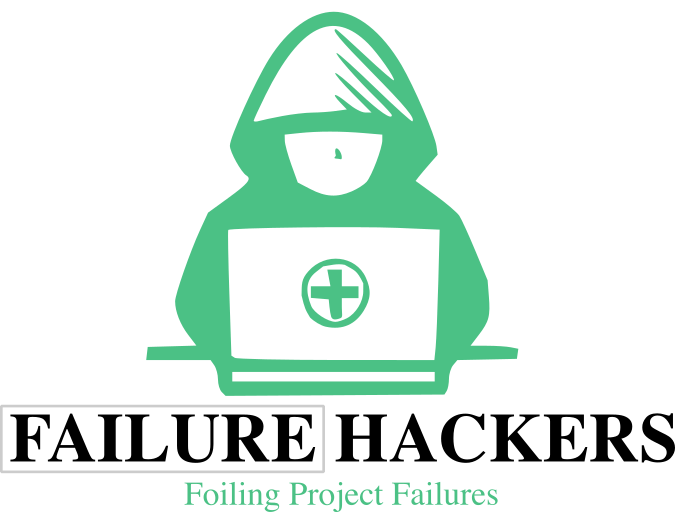Effective Root Cause Analysis and Counter-Arguments Exploration
Organisations face the perennial challenge of problem-solving, which often requires a deep dive into the origins of issues—commonly known as root cause analysis. Traditional methodologies have their merit, but with advancements in artificial intelligence (AI), particularly the rise of models like ChatGPT (Chat Generative Pre-trained Transformer), we have an innovative tool at our disposal that can enhance our analytical capabilities. This article aims to explore how you can leverage ChatGPT prompt structures to conduct effective root cause analyses and explore counter-arguments, making your assessments more robust and comprehensive.
Understanding Root Cause Analysis
Before diving into ChatGPT capabilities, let’s briefly discuss what root cause analysis (RCA) is. RCA is a systematic process that aims to identify the fundamental reasons behind a problem or an incident. By addressing these primary causes, organisations can avoid recurrence and implement effective solutions. Common RCA techniques include the “5 Whys,” Fishbone Diagram (Ishikawa), and fault tree analysis. While these methods are effective, integrating AI can augment their reliability and depth.
The Power of ChatGPT in Problem-Solving
ChatGPT is a type of AI model developed by OpenAI, trained on a diverse range of internet text to generate human-like responses. One of its most powerful features is its ability to engage in conversational exchanges, making it invaluable for brainstorming sessions and structured analyses. By utilising specific prompt structures, you can guide ChatGPT to provide insights that may not be immediately obvious, thereby enriching your analysis.
Practical Application: Prompt Structures for Root Cause Analysis
When engaging with ChatGPT for root cause analysis, the clarity and specificity of your prompts matter greatly. Below are some effective prompt structures you can use when communicating with ChatGPT to explore potential causes of an issue:
- Describe the Problem Clearly
- “Given the problem of [insert specific problem], what do you think could be the underlying causes?”
- Example: “Given the problem of increasing customer complaints about product quality, what do you think could be the underlying causes?”
- Explore Different Perspectives
- “What different factors could contribute to [specific problem]?”
- Example: “What different factors could contribute to the rise in employee turnover rates?”
- Utilise the ‘5 Whys’ Technique
- “Using the 5 Whys technique, can you help me drill down to the root cause of [specific issue]?”
- Example: “Using the 5 Whys technique, can you help me drill down to the root cause of delays in project delivery?”
- Consider External Influences
- “What external factors might affect the situation regarding [specific issue]?”
- Example: “What external factors might affect the situation regarding the current decline in sales?”
- Generate a Cause-and-Effect Chain
- “Can you help me create a cause-and-effect chain for [specific problem]?”
- Example: “Can you help me create a cause-and-effect chain for the increase in operational costs?”
Prompts for Counter-Argument Exploration
Understanding opposing viewpoints is crucial for balanced decision-making. To encourage ChatGPT to explore counter-arguments, consider using the following prompt structures:
- Requesting Counter-Perspectives
- “What are some counter-arguments to the idea that [insert your claim]?”
- Example: “What are some counter-arguments to the idea that investing in remote work technology leads to decreased productivity?”
- Evaluating Assumptions
- “What assumptions am I making about [specific issue] that could be challenged?”
- Example: “What assumptions am I making about employee satisfaction that could be challenged?”
- Encouraging Critical Thinking
- “Can you present a critical perspective on [specific solution or plan]?”
- Example: “Can you present a critical perspective on the decision to shift our marketing strategy entirely online?”
- Exploring Alternative Solutions
- “What alternative solutions exist for [specific problem] that differ from my suggested approach?”
- Example: “What alternative solutions exist for reducing employee burnout that differ from my suggested approach of implementing flexible working hours?”
- Identifying Flaws in Logic
- “Can you highlight any potential flaws in the logic behind [specific argument]?”
- Example: “Can you highlight any potential flaws in the logic behind our assumption that increasing wages will solve recruitment challenges?”
Integrating ChatGPT into Your Workflow
Now that we have established the potential of using ChatGPT for both root cause analysis and counter-argument exploration, let’s discuss how you can effectively incorporate this tool into your workflow.
Step 1: Define the Problem
Before interacting with ChatGPT, clearly define the problem or issue. Write it down succinctly, ensuring you understand the context and the objectives of your analysis.
Step 2: Engage with ChatGPT
Use the prompt structures provided earlier to communicate with ChatGPT. You may start with exploring the root causes, followed by examining counter-arguments. Take notes of the responses; these will serve as valuable insights.
Step 3: Analyse Outputs
Critically evaluate the information generated. Are the suggested causes relevant? Do the counter-arguments hold merit? This step is crucial as it ensures that you are not accepting AI-generated content at face value, thereby enhancing the quality of your analytical process.
Step 4: Formulate Action Items
Based on your analysis and insights derived from ChatGPT, create a list of action items or recommendations. Be sure to consider both the proposed root causes and the insights garnered from the counter-arguments. Tailor these actions to ensure they align with your organisational goals.
Step 5: Review and Reflect
After implementing the action items, review the outcomes. Did the strategies based on your root cause analysis yield the expected results? Reflect on what worked well and what did not, and adjust your approach accordingly for future analyses.
Conclusion
Integrating AI tools like ChatGPT into your root cause analysis and argument exploration processes can lead to enriched insights and well-rounded decision-making. By structuring your prompts thoughtfully—first exploring underlying issues and then challenging your conclusions with counter-arguments—you’ll cultivate a more thorough understanding of complex problems. As with any tool, the effectiveness of ChatGPT ultimately hinges on how you utilise it. Being precise with your prompts and critically assessing the outputs will enable you to leverage AI intelligently, aiding in the continuous improvement of your organisational processes.
So, while conventional methods remain vital, don’t hesitate to embrace innovative technologies. In the realm of problem-solving, the future is here, and it is conversational.







